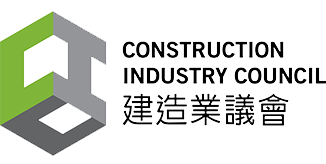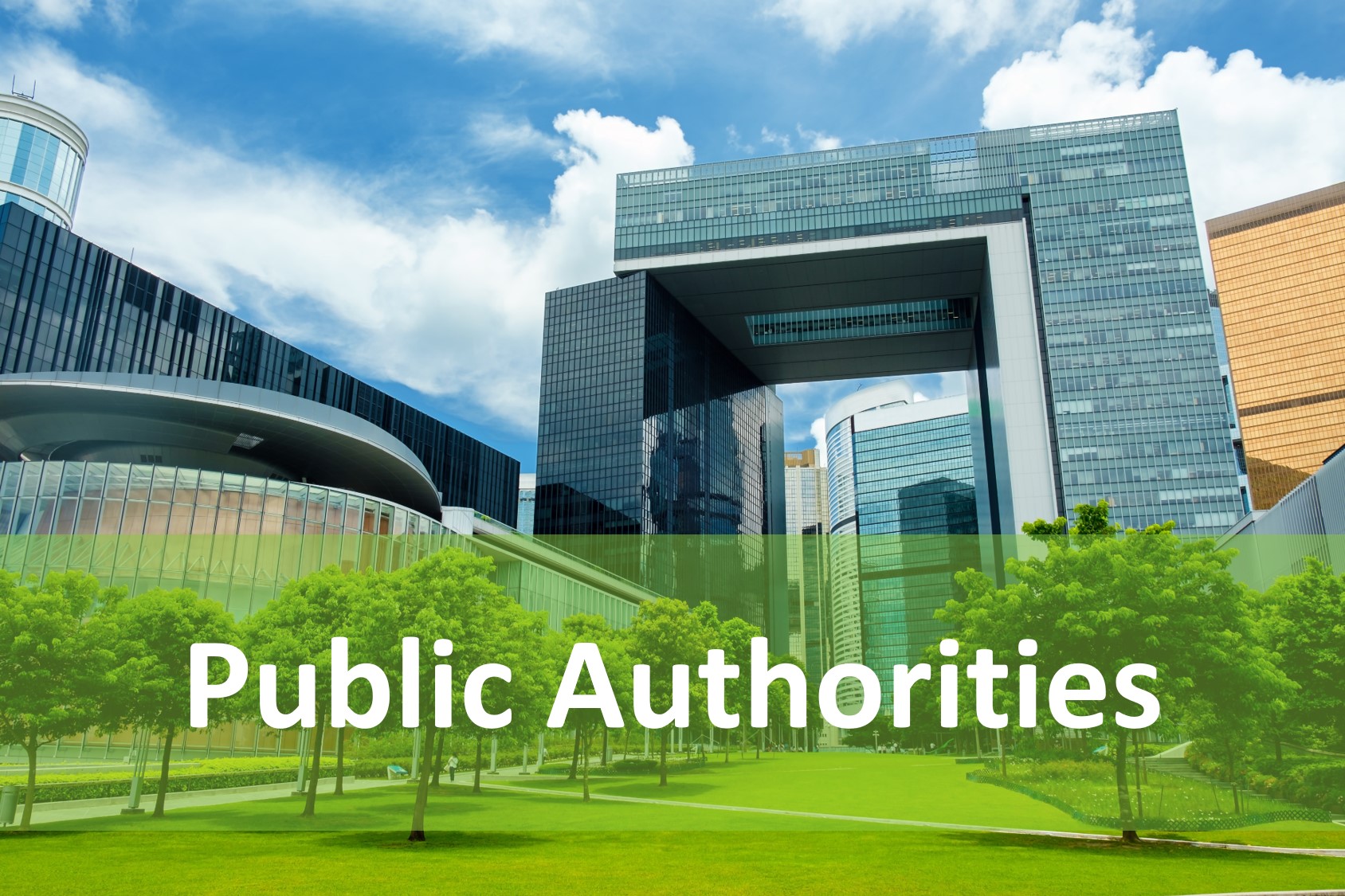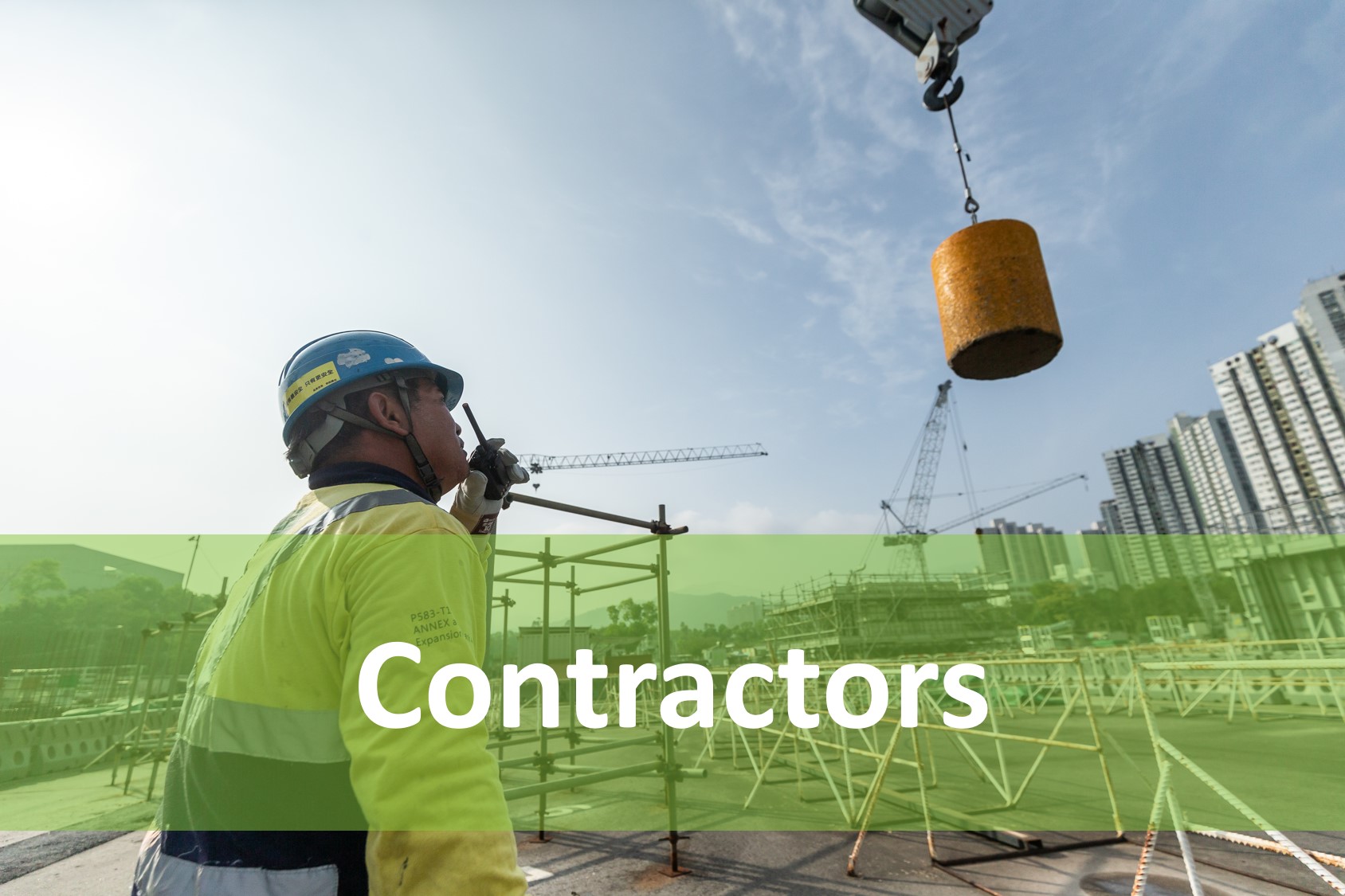Landslip Prevention and Mitigation Programme is an unique, territory-wide slope retrofitting programme to protect life and property supporting sustainable development of the society. Since its launching in 1977, the programme has substantially reduced the overall landslide risk of Hong Kong by over 75%. The programme forms a key element of Hong Kong Special Administrative Region Government’s adaptation strategy with respect to extreme rainfall events. In the programme, landscaping and greening measures are integrated with slope works to improve slope appearance and the built environment. The use of innovative low carbon footprint enginering solutions is also strongly promoted.
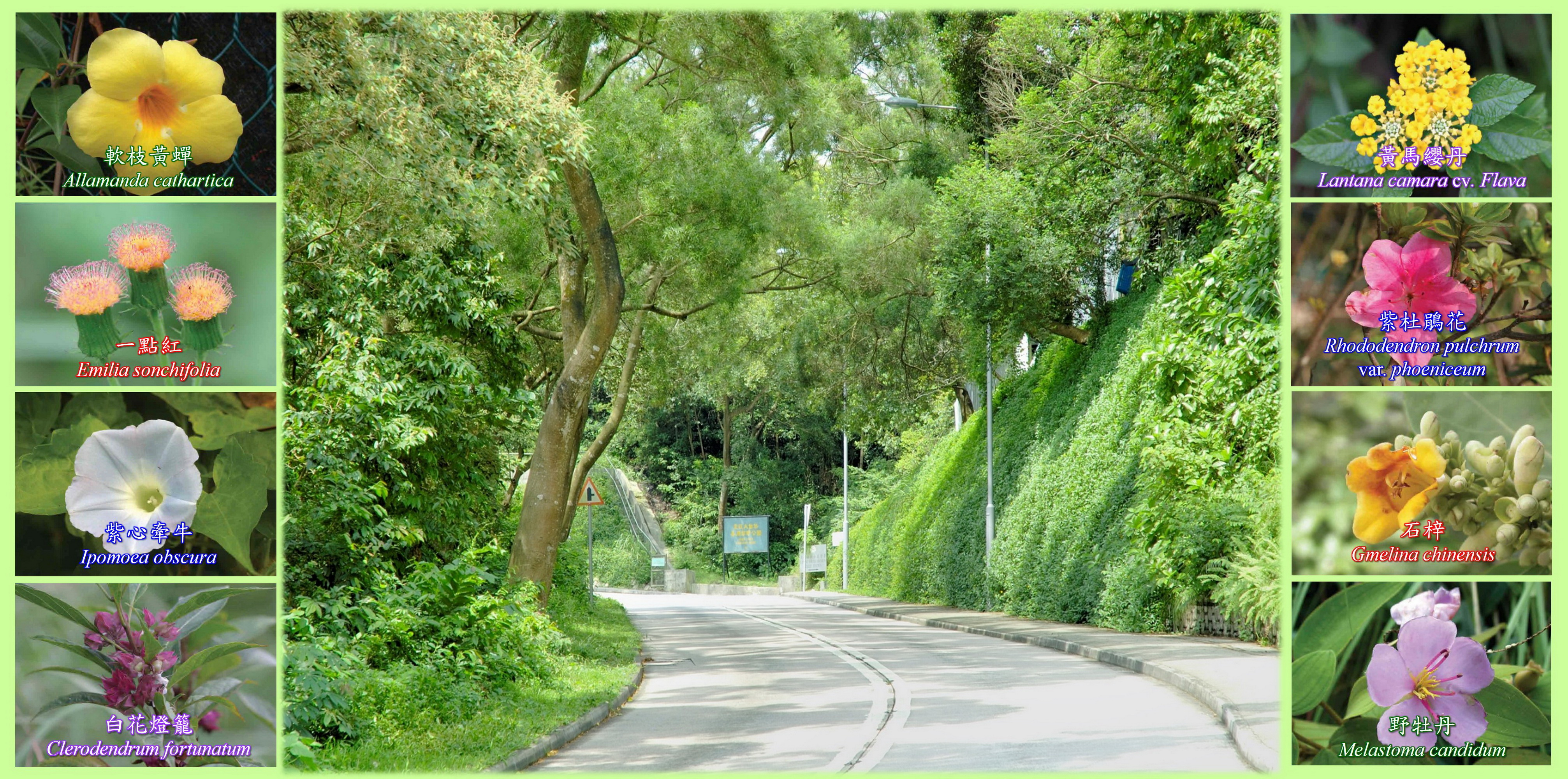
Enhance ecology and promote biodiversity –
Landscape greening measures are integrated with slope works with a view to making the environment to be safer, greener, and more liveable. Each year, about 300,000 trees and shrubs are planted resulting in enhancement in carbon sinking. The use of native species also helps improve the ecology and biodiversity of the environment.
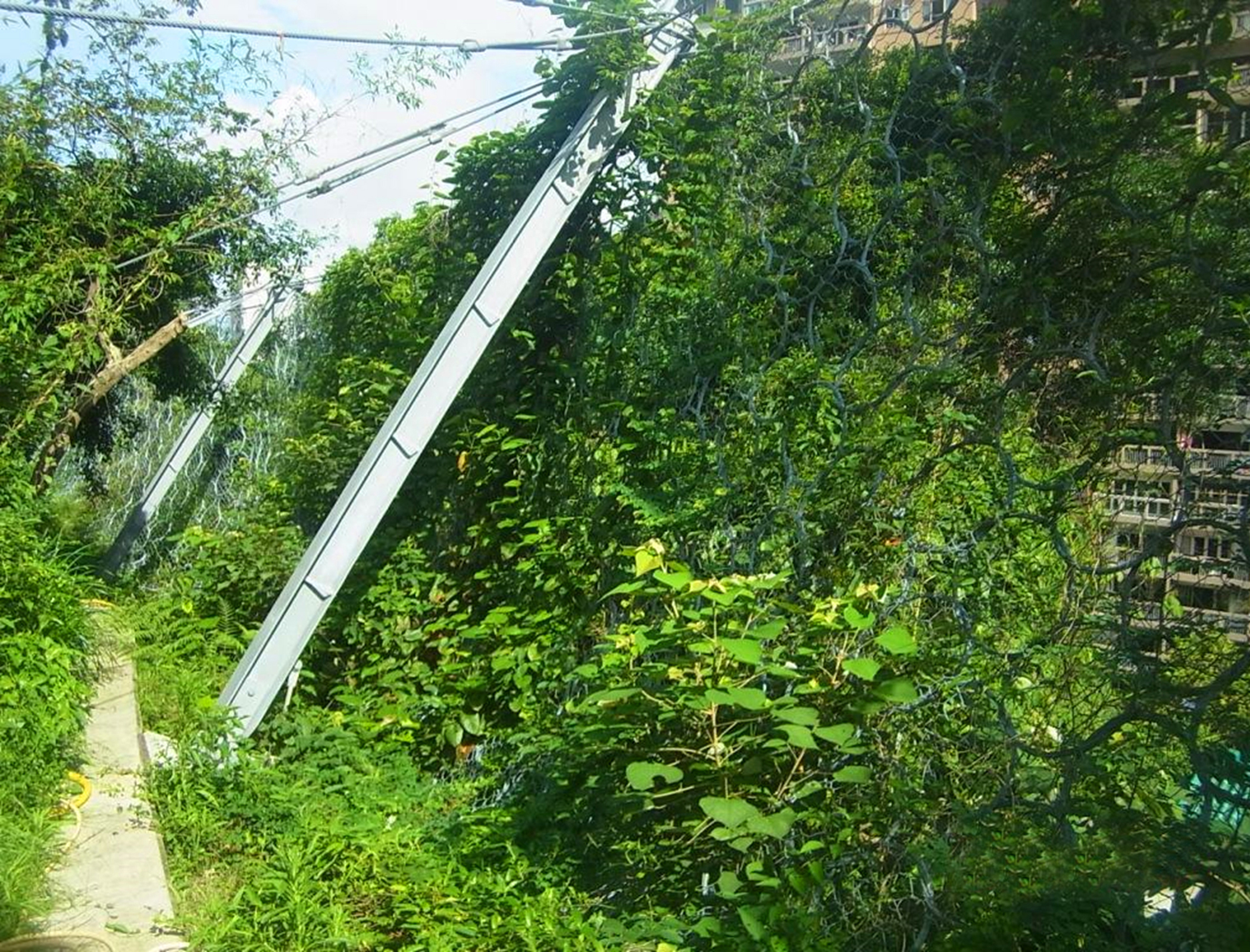
Flexible barriers as a low carbon footprint solution to combat debris flow –
Defensive mitigation measures such as flexible barriers are specified as far as practicable in lieu of rigid barriers to deal with debris flow arising from natural hillsides in order to minimise the required earthworks, tree felling and concreting works.
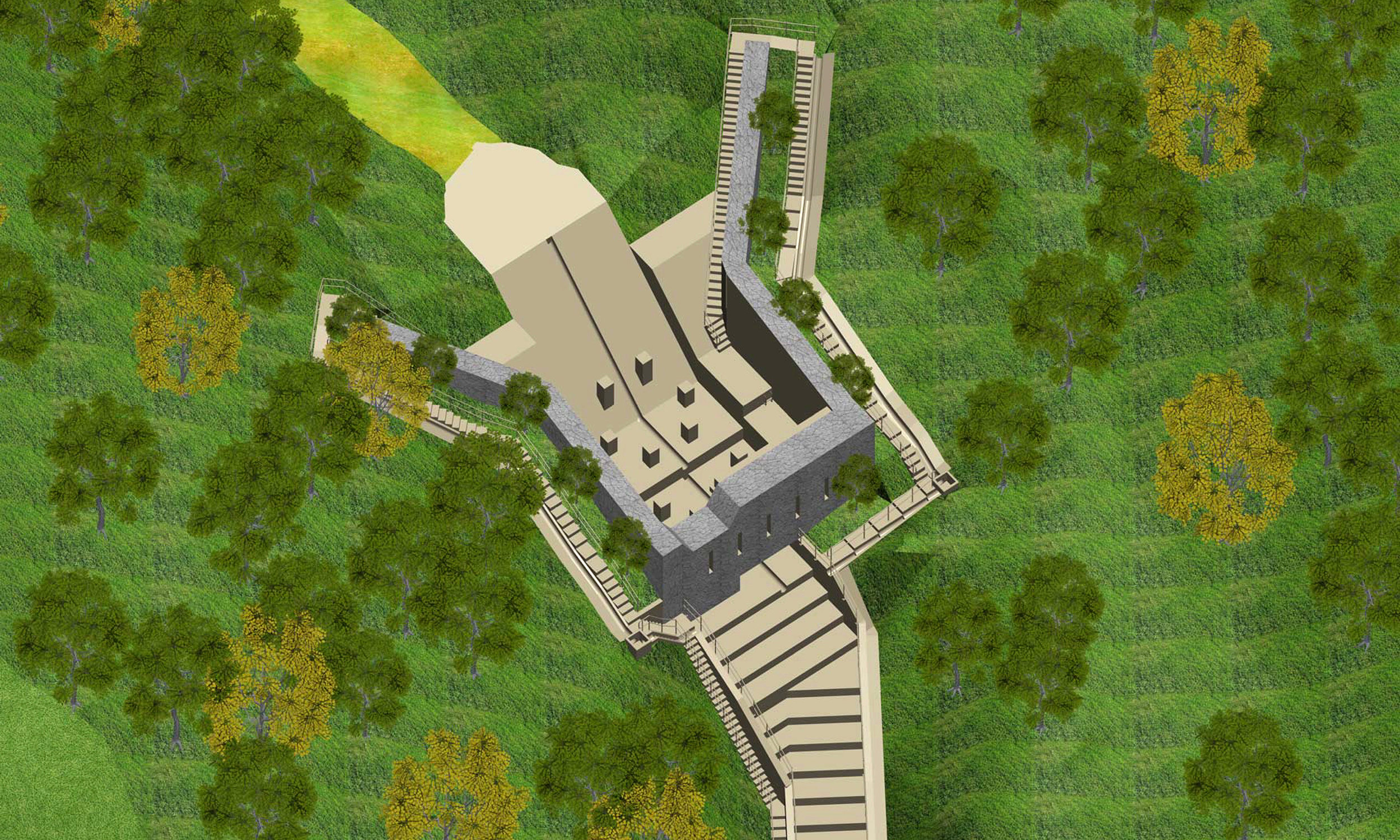
Promote the use of advanced technologies –
During the design stage, advanced remote sensing techniques (e.g. air-borne and terrestrial light detection and ranging (Lidar) technique) are employed for 3D scanning and building high resolution digital terrain models so as to enhance the efficiency of landslide hazard assessment and debris runout evaluation and design of debris resisting barrier.
